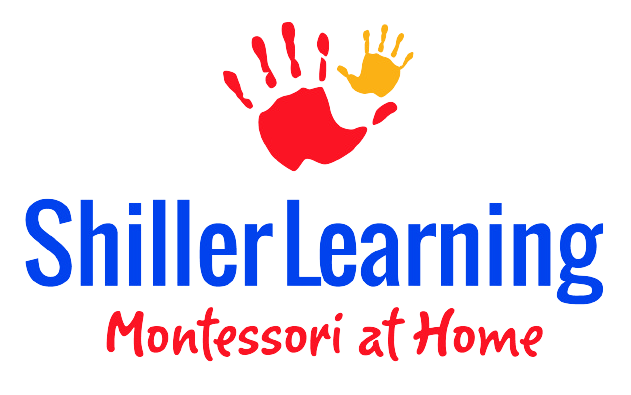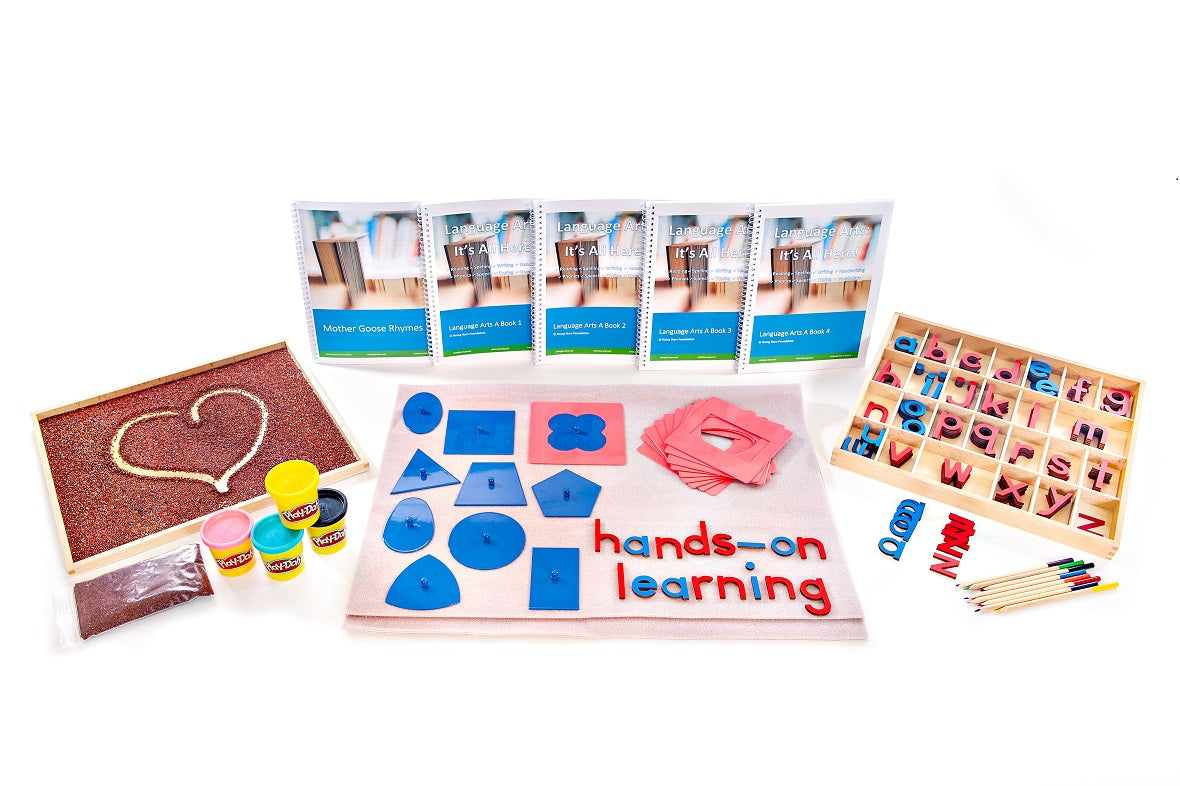History of Montessori.
Part One
The first Montessori school opened in 1907. Since then thousands of children worldwide have received this one-of-a-kind education. The unique learning methods have been adopted by homeschoolers, charter schools, private schools, and public schools alike. Educational researchers spend hours pouring over Dr. Montessori’s writings. All in hopes to gain a better understanding of her principles. This educational approach continues to thrive over 100 years later. Let’s take a look back to the humble beginnings.
Maria Montessori’s Early Life and Education
Maria Montessori was born on August 31, 1870, in Chiaravalle, Italy, to parents Alessandro Montessori and Renilde Stoppani. She and her mother had a close relationship. Her mother was encouraging and supported her continued education. Her father was not pleased with Maria’s desire for further education. Remember, this was an era where females were not highly educated.
At age 12, her family moved to Rome. It was here Maria got the chance to further her education. She enrolled at a technical school. Her desire to study engineering, science, and mathematics was strong. In spite of cultural norms of those subjects being classified as for boys only. Her parents encouraged her to become a teacher, a traditionally female job at the time. She persisted in her studies and was permitted to attend an all-boys school.
After a time, Montessori decided to pursue medicine. This was an area of study women had not previously been allowed to study in before. Her choice created conflict between her and her father. Her mother supported her decision, which created conflict in their marriage. Dr. Montessori emerged as a peacemaker between her parents on many occasions throughout her life. Again, she persisted and thrived in her education. Montessori studied a variety of subjects including anthropology, psychology, and Latin.
It would be her experiences with her own education that would begin to form the model for her schools. Soon Montessori discovered what she did and did not like about educational approaches at the time. Females were not allowed to dissect a cadaver in the presence of males. Maria would spend hours alone at night working on cadavers to complete her education. She faced backlash and harassment from fellow students. Quickly her professors and classmates saw her potential as she thrived in medical school.
She became the first female doctor in Italy in 1896. This same year she was selected to represent Italy’s women at a feminist conference. During this time she would begin to advocate for working women and child labor. This would set the stage for her revolutionary contribution to children.
Her education would continue throughout her life. She would go on to audit classes in pedagogy. Additionally, she was a life-long learning through reading. She devoured every book she could get her hands on about educational approach from the last 200 years.
Work With Children Begins
Although Dr. Montessori did not set out to work with children, her path slowly unfolded before her. She found herself working at a psychiatric hospital for children with profound special needs. It was during this period that she began to evaluate educational approaches for children. She would become an international voice for the treatment of these children. Research, advocacy, and education became her focus. She dove into studies from Jean-Marc Itard and Edouard Séguin as her theories developed.
Montessori observed the patterns of behavior among these children. They spent their days placed in a plain white room. Her research began with toys and manipulatives. The educational theories would gradually develop as she worked to give the children in the hospitals a better life. Montessori began to believe that these children did not need more medicine but a chance for an education.
Culture in that period meant that many children in Rome were left alone all day; parents would go to work and children would be left home. Many children began working at a young age; education was not valued. Montessori began advocating for working children and children left at home instead of at school.
"To assist a child we must provide him with an environment which will enable him to develop freely."
Maria Montessori
By 1900 Montessori had become such a voice for education she was given a teaching position herself. Here she would train teachers of children deemed developmentally delayed or disabled. She would continue to study educational approaches between typical children and delayed children. This would form the foundation for the development of her “sensitive periods” and multisensory approach to learning.
Make no doubt, Dr. Maria Montessori made an irreplaceable impact on education. Her early years of forming schools and further developing her theories are fascinating. Come back again in a few weeks to read Part 2 of the History of Montessori!






